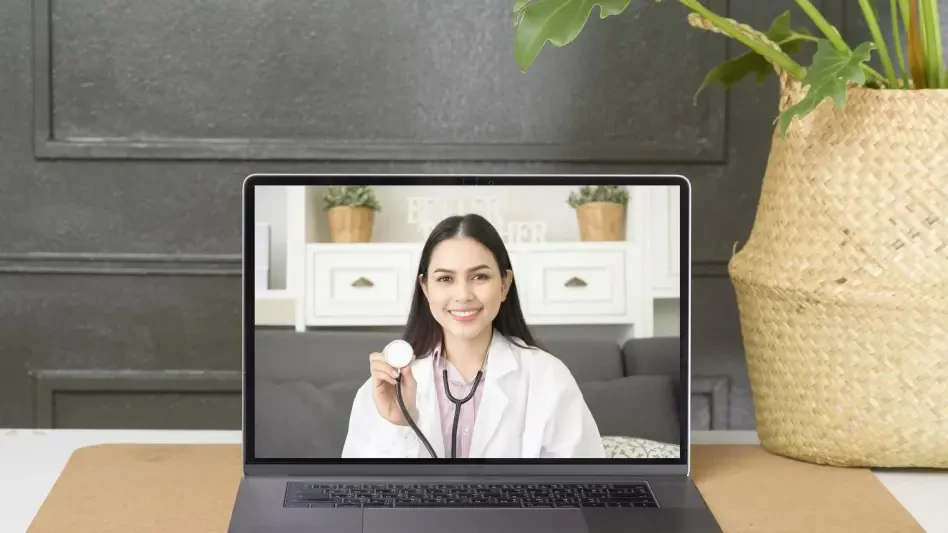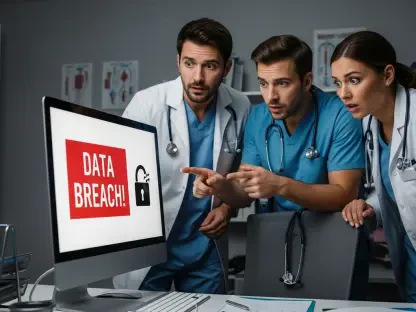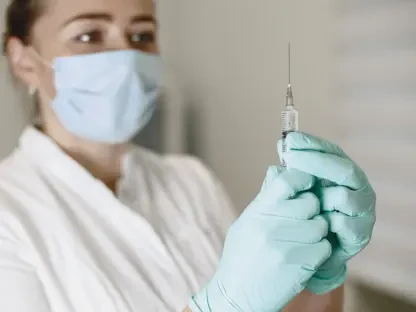As the Frederick County Board of Education works to align with new state mandates on student health and wellness, we’re thrilled to sit down with Faisal Zain, a seasoned expert in healthcare technology with a deep background in medical device innovation. With his extensive experience in facilitating access to health services through technology, Faisal offers a unique perspective on how telehealth can transform student care in school settings. In this interview, we explore the implications of Maryland’s House Bill 522, the practicalities of implementing telehealth appointments during school hours, and the broader impact on students, parents, and educators. From policy changes to ensuring equitable access, Faisal sheds light on the challenges and opportunities of integrating virtual health services into the school day.
How does Maryland’s recent legislation, House Bill 522, shape the way schools approach student health, and why does it matter?
I’m glad to dive into this. House Bill 522, signed into law in 2024, is a game-changer for Maryland schools. It mandates that all school districts develop a policy for telehealth appointments during school hours by the 2025-26 school year. Essentially, it’s about making sure students can access healthcare—whether for physical or mental health needs—without having to leave campus. This matters because it breaks down barriers like transportation or scheduling conflicts that often prevent kids from getting timely care. It’s a step toward prioritizing student well-being while keeping education at the forefront.
What are some of the key updates being proposed to Frederick County Public Schools’ health and wellness policy to accommodate telehealth?
The updates to the policy are really about creating a framework for telehealth to work seamlessly in schools. They’re directing the superintendent to develop specific regulations that will guide how these virtual appointments happen. This includes empowering principals to oversee the process, ensuring minimal disruption to the school day, and making sure students can access these services in a designated space with supervision. It’s all about balancing healthcare access with the need to keep learning on track.
Can you walk us through what a telehealth appointment might look like for a student during school hours?
Sure, let’s break it down. A student would typically have their telehealth appointment in a specific, private room at the school—somewhere they can speak confidentially with their provider. There would be a staff member or supervisor present, not to listen in, but to ensure everything runs smoothly. If a student doesn’t have their own device, the school can provide one, though personal devices are preferred. The idea is to make the process as discreet and efficient as possible, so the student can return to class without missing too much.
What types of health services are students able to access through these telehealth appointments?
Telehealth in this context is quite versatile. Students can connect with providers for mental health support, which is a huge need for many, but it also covers other medical services if the provider offers them virtually. Think routine check-ins or consultations for minor health issues. However, it’s important to note that this isn’t meant for ongoing, weekly therapy sessions during school hours—there are limits to ensure it doesn’t interfere with education. It’s more about addressing immediate or periodic needs.
How are parents being integrated into this new telehealth policy in schools?
Parents play a critical role here. They’re the ones who need to set up the appointment with the healthcare provider, even if the student is over 13 and could legally seek mental health services independently. During the school day, parental involvement is non-negotiable—either by joining virtually with approval or being there in person. Schools will also communicate with parents to keep them in the loop about scheduling and outcomes, especially if a student might need additional support after a session before returning to class.
What measures are in place to ensure that all students have fair access to telehealth services under this policy?
Equity is a big focus of this initiative, and it’s rooted in state law. The district is working to make sure no student is left out, whether due to lack of technology or other barriers. Schools can provide devices if needed, and principals are tasked with managing access so that time slots are available to everyone. There’s also a concern about overuse—students attending frequent sessions could miss valuable class time, so there’s a balance to strike to prevent that from impacting their education or crowding out others who need the service.
Since the school district isn’t directly providing healthcare, can you clarify their role in facilitating telehealth appointments?
Absolutely. The school’s role is purely logistical—they’re not delivering medical care themselves. They provide the physical space for the appointment, ensure supervision, and can offer a device if a student doesn’t have one. The actual telehealth platform and services come from the healthcare provider, not the district. Think of the school as a host, creating the environment for care to happen without stepping into the role of a medical professional.
What is your forecast for the future of telehealth in school settings, especially as policies like this continue to evolve?
I’m optimistic about where this is headed. Telehealth in schools could become a cornerstone of student wellness, especially as technology improves and more providers adapt to virtual care. We’re likely to see refinements in how schools manage time and resources to avoid disruptions, and I expect greater collaboration between districts, parents, and providers to fine-tune access. The bigger picture is normalizing healthcare as part of the school experience, reducing stigma, and catching issues early. If done right, this could set a precedent for how education and health systems work together nationwide.









